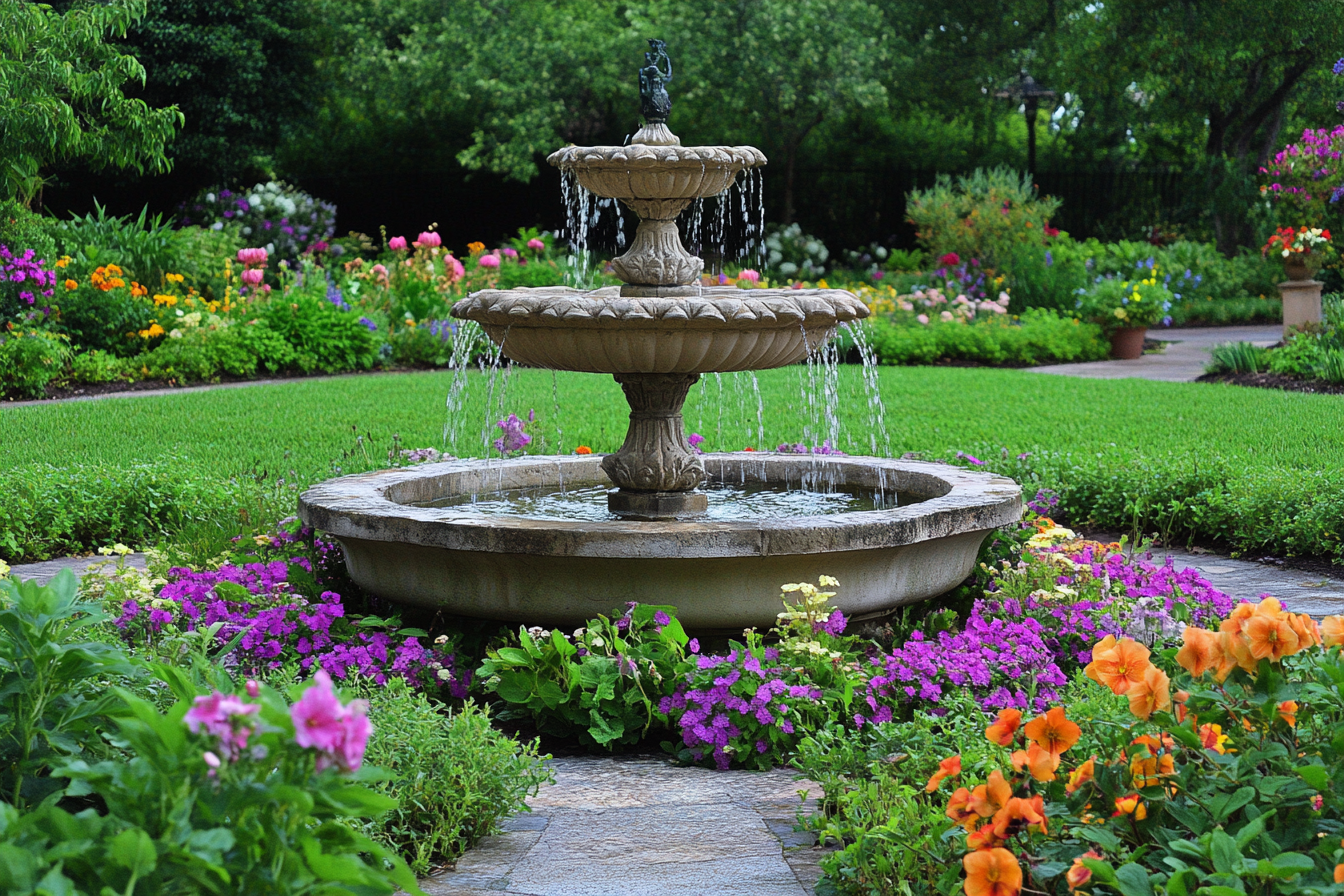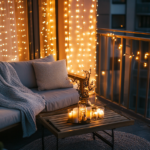A garden is not just an outdoor space; it’s a retreat where nature and creativity blend. Whether you have a sprawling backyard or a cozy balcony, the right garden design can elevate its beauty.
From layering plants to adding water features, there are endless ways to design a dreamy garden. These 19 stellar garden design ideas will help you create a space that is both beautiful and functional.
1. Embrace Layered Landscaping
Layered landscaping brings depth and richness to your garden by arranging plants in different tiers. This method enhances aesthetics and mimics natural ecosystems.
Start with tall trees and shrubs in the background, creating a structured look. Mid-sized plants and flowers fill the middle layer, while ground covers and small perennials complete the front.
This approach not only makes your garden look lush but also improves soil retention and drainage. It helps create a self-sustaining, visually appealing outdoor space.
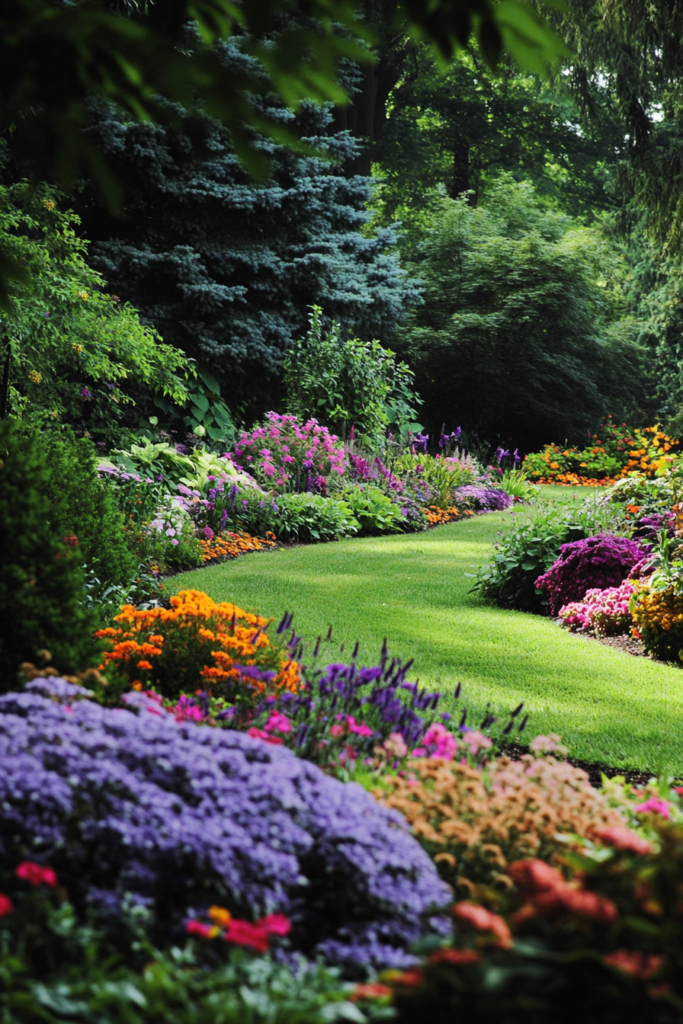
2. Create a Focal Point
A focal point adds structure and draws attention to a specific part of your garden. Without one, your space can look scattered and unorganized.
Consider placing a sculpture, water fountain, or bold-colored plant as the centerpiece. These elements create a sense of balance and add artistic value.
Position your focal point where it can be viewed from multiple angles. A well-placed feature can make even a small garden feel thoughtfully designed.
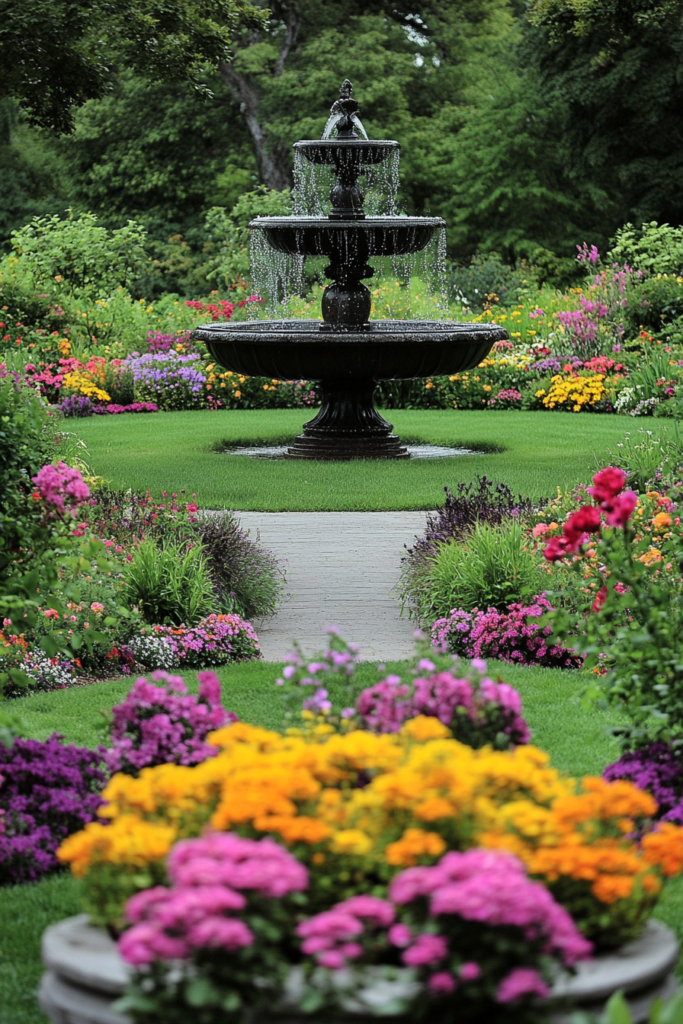
3. Utilize Vertical Gardening
If you have limited ground space, vertical gardening is the perfect solution. It allows you to maximize greenery while keeping the area uncluttered.
Install trellises for climbing plants like ivy and roses, or use wall-mounted planters for herbs and small flowers. Hanging baskets can also add charm and dimension.
Beyond aesthetics, vertical gardening improves air circulation and enhances insulation. It’s an efficient way to make the most of your garden.
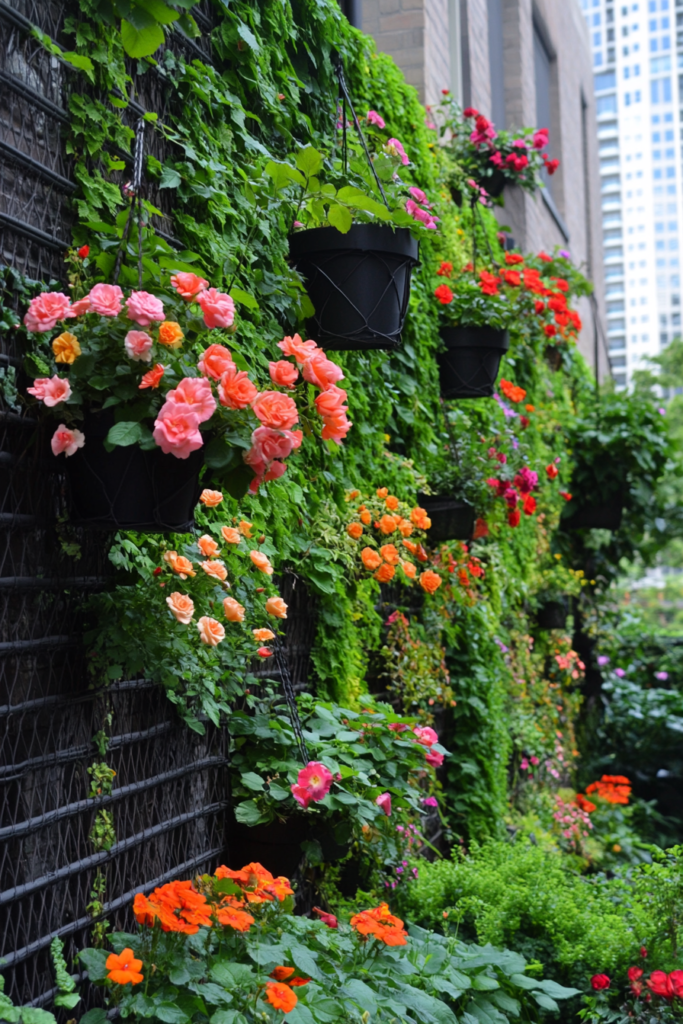
4. Incorporate Edible Plants
Growing edible plants adds both beauty and functionality to your garden. Fresh herbs and vegetables are not only visually appealing but also useful in the kitchen.
Herbs like basil, mint, and rosemary thrive in small spaces, while tomatoes and peppers add vibrant colors. You can also plant strawberries for a sweet touch.
Mix edible plants with ornamentals for a seamless look. A garden that blends functionality with beauty creates a unique and rewarding experience.
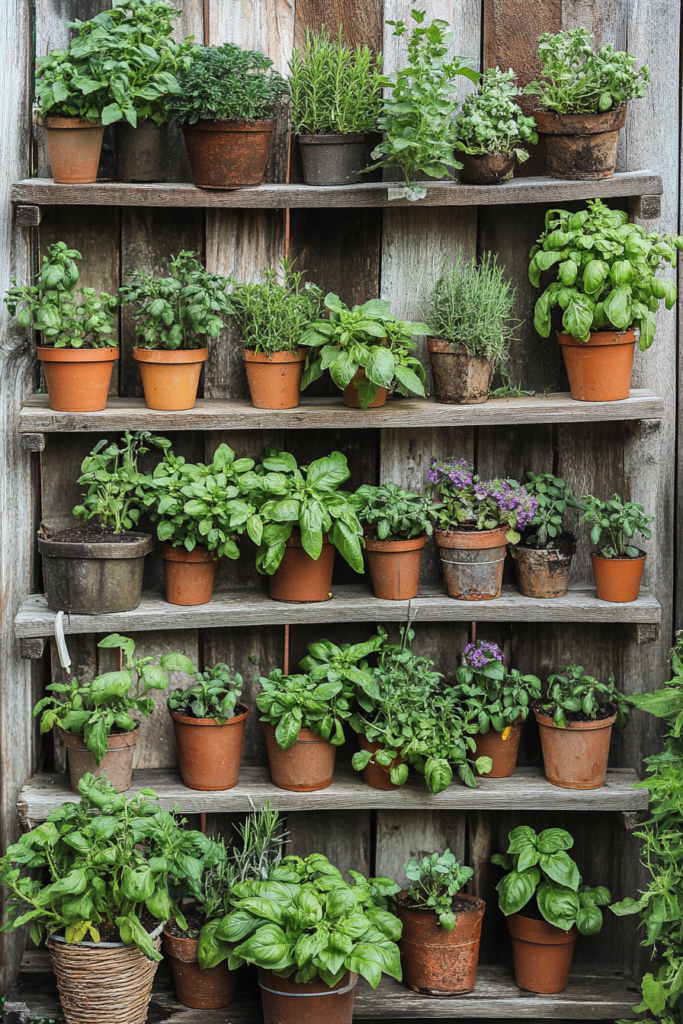
5. Focus on Seasonal Colors
A truly breathtaking garden offers year-round visual interest. Planning your plants by season ensures a constant bloom cycle.
Spring is perfect for tulips and cherry blossoms, while summer bursts with sunflowers and hydrangeas. In fall, chrysanthemums and maple trees take center stage. Evergreens and holly add greenery during winter.
Choosing plants that bloom at different times keeps your garden colorful and lively. With proper planning, your outdoor space can remain vibrant in every season.
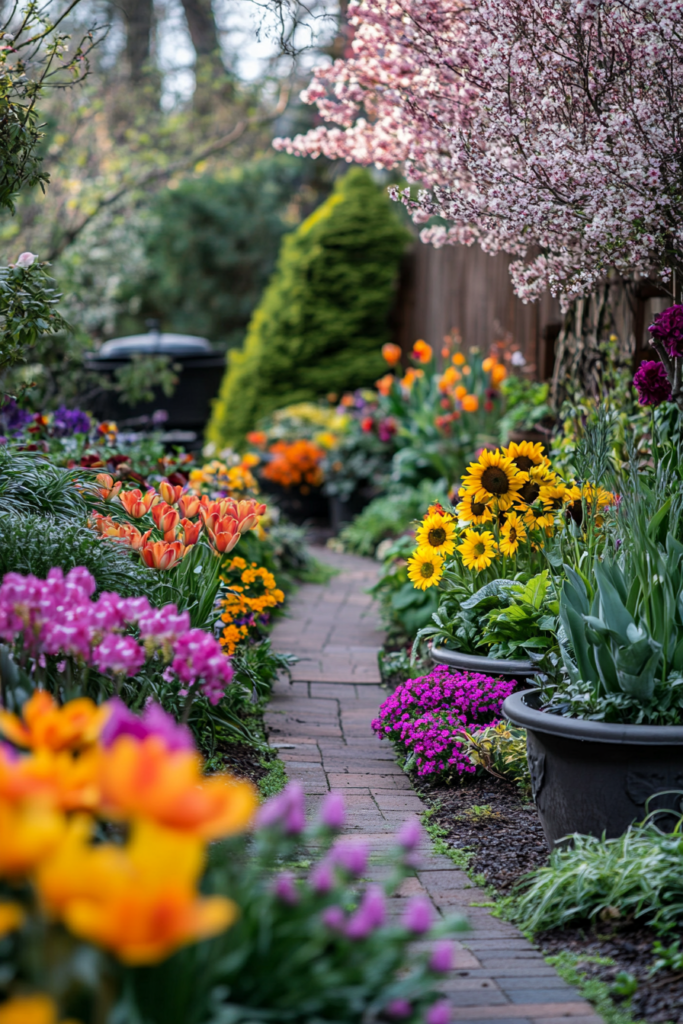
6. Mix Perennials and Annuals
Perennials and annuals each have unique benefits, and combining them can keep your garden visually dynamic throughout the year.
Perennials like hostas and daylilies provide long-term structure, returning year after year. Annuals such as petunias and marigolds offer intense bursts of seasonal color.
By planting a mix, your garden remains full and fresh. While perennials ensure stability, annuals let you experiment with different colors and styles.
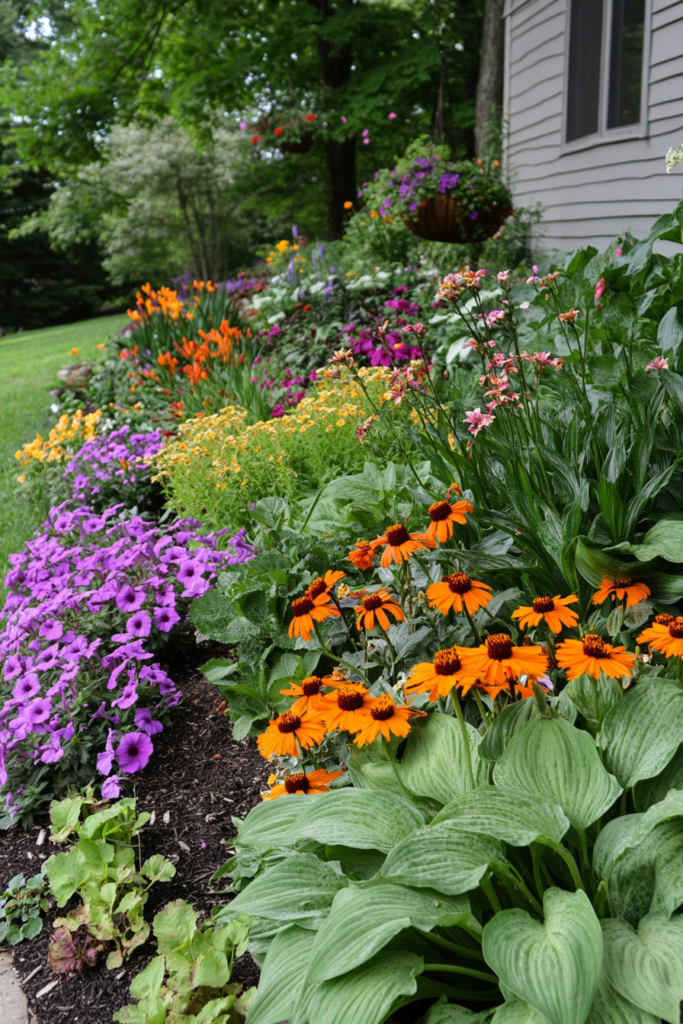
7. Invest in Quality Outdoor Lighting
Outdoor lighting is more than just functional—it transforms your garden into a magical nighttime retreat. Thoughtfully placed lights enhance both safety and ambiance.
Pathway lights guide visitors while creating a warm welcome. Accent lights highlight specific plants or garden features, adding depth and interest.
Opt for solar-powered or LED fixtures to reduce energy costs. A well-lit garden extends outdoor usability, making your space inviting after dark.
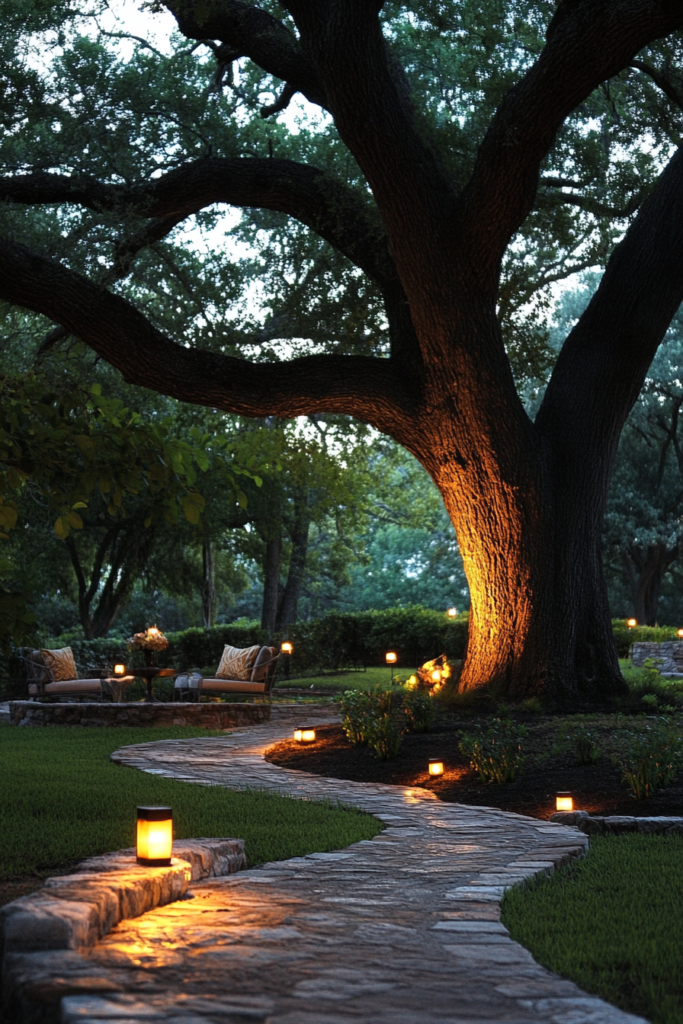
8. Build a Garden Path
A beautiful pathway adds structure and charm to your garden, making it both accessible and visually appealing.
Stone or paver paths provide an elegant, structured look, while gravel pathways add a casual, rustic feel. Both materials offer durability and easy maintenance.
Curved paths add a sense of mystery and encourage exploration. A well-designed walkway makes even a simple garden feel more inviting.
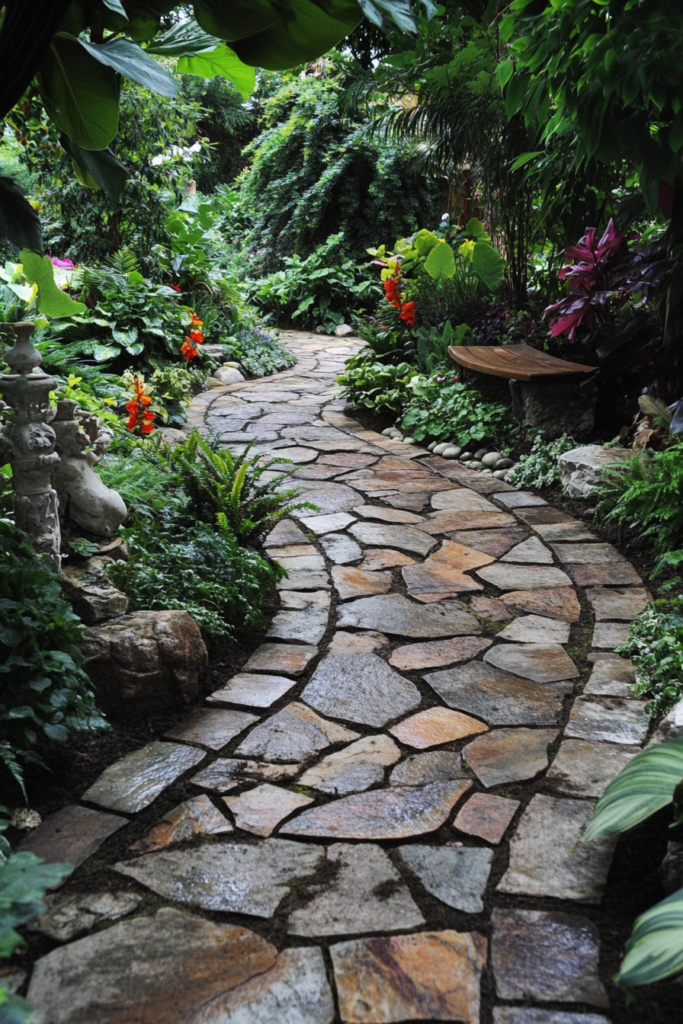
9. Incorporate a Seating Area
Your garden should be a place to relax and unwind, not just a space for plants. A cozy seating area enhances comfort and usability.
A simple bench under a shady tree creates a peaceful retreat. A small patio set or hanging chairs add charm while maximizing space.
Position your seating area where you get the best sunlight or shade. This way, you can enjoy your garden throughout the day.
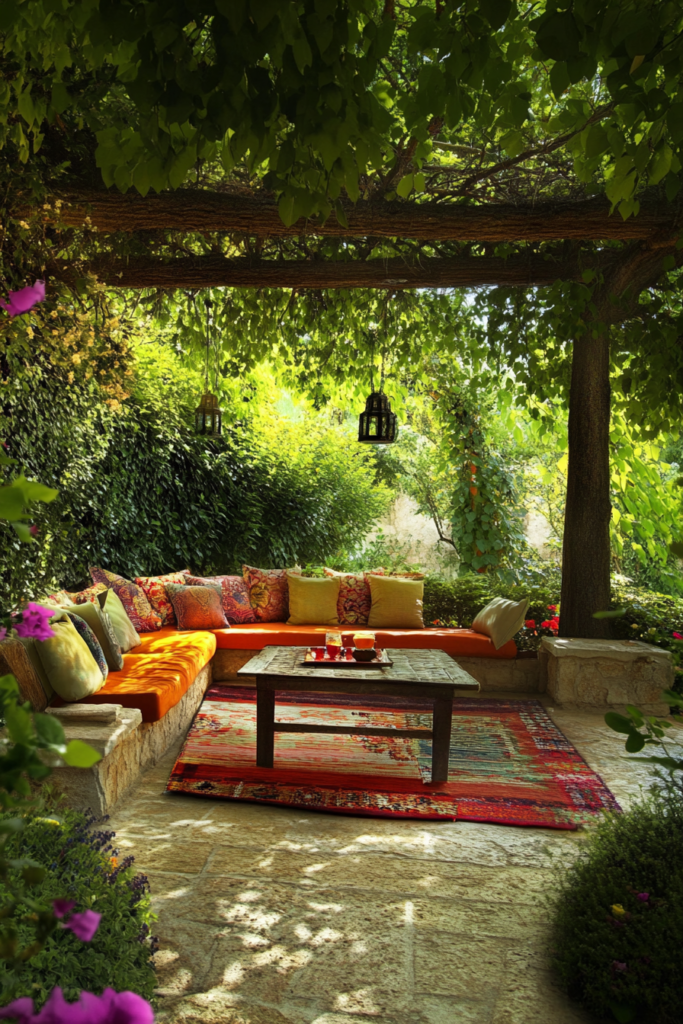
10. Add a Water Feature
Nothing adds tranquility and elegance to a garden like a water feature. The sound of flowing water creates a calming atmosphere.
A small fountain, pond, or birdbath can become the highlight of your garden. These elements bring movement and attract birds and other wildlife.
To save water, install a recirculating pump. This feature keeps your water flowing while being eco-friendly.
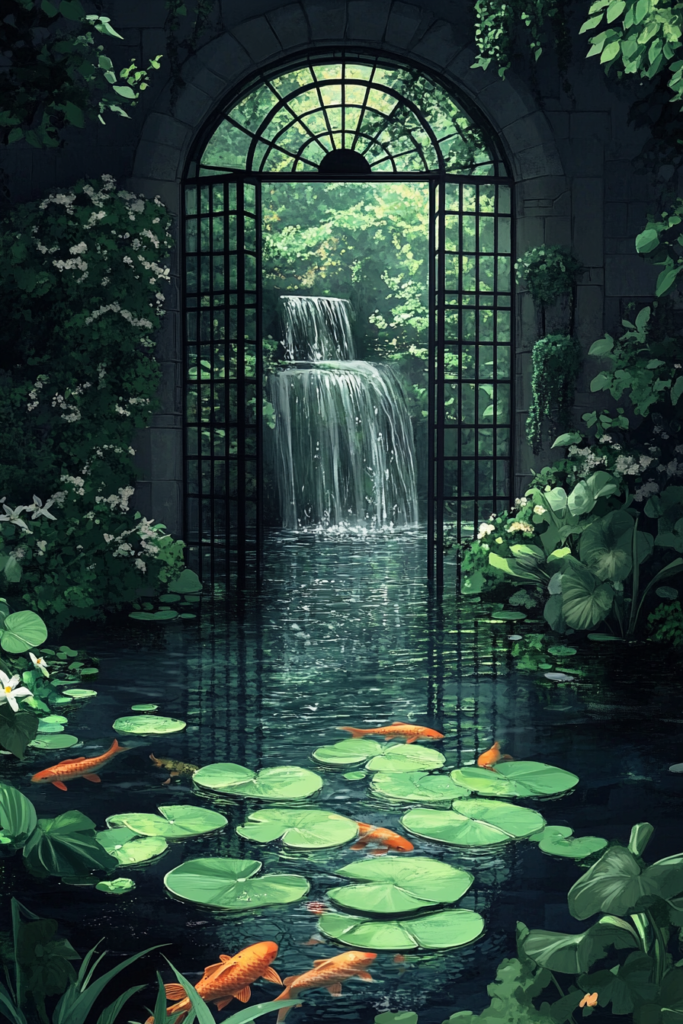
11. Plant for Wildlife
A wildlife-friendly garden is full of life and helps maintain the local ecosystem. Birds, butterflies, and bees add energy and beauty.
Native plants attract and support local species. Flowering plants like lavender and coneflowers bring pollinators to your space.
Birdhouses and feeders invite feathered visitors, turning your garden into a thriving natural habitat.
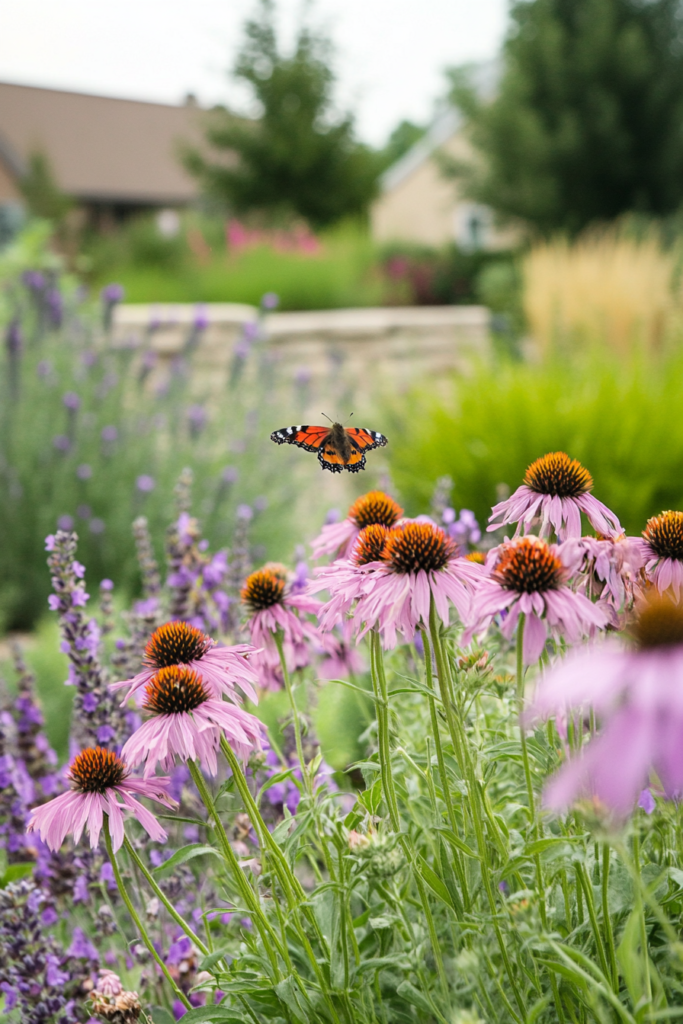
12. Use Artistic Elements
Garden art brings personality and creativity to outdoor spaces. Even a small artistic element can elevate your garden’s aesthetic appeal.
Sculptures, mosaic tiles, and wind chimes add unique character. These elements can blend with plants to create a cohesive and artistic environment.
Strategic placement ensures the art complements the space. Position art pieces where they surprise and delight visitors.
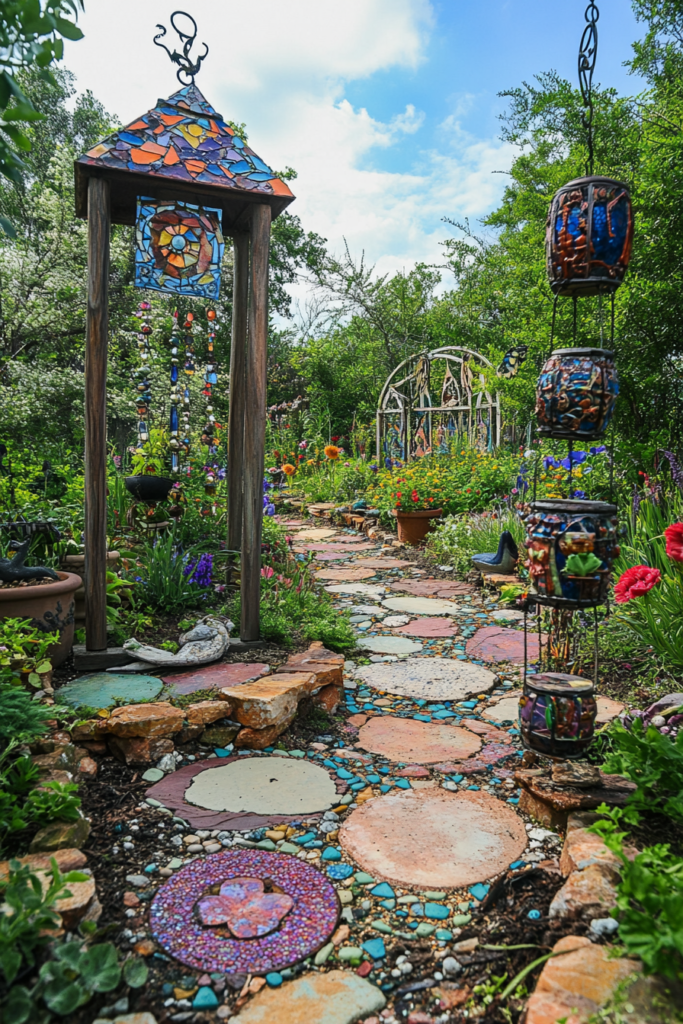
13. Try Raised Garden Beds
Raised garden beds are both functional and stylish, providing a neat and organized gardening space.
They improve soil drainage and extend the growing season. Raised beds also reduce strain on the back, making gardening more accessible.
Wood, stone, or metal frames can create different aesthetics. A well-constructed bed adds structure and enhances plant health.
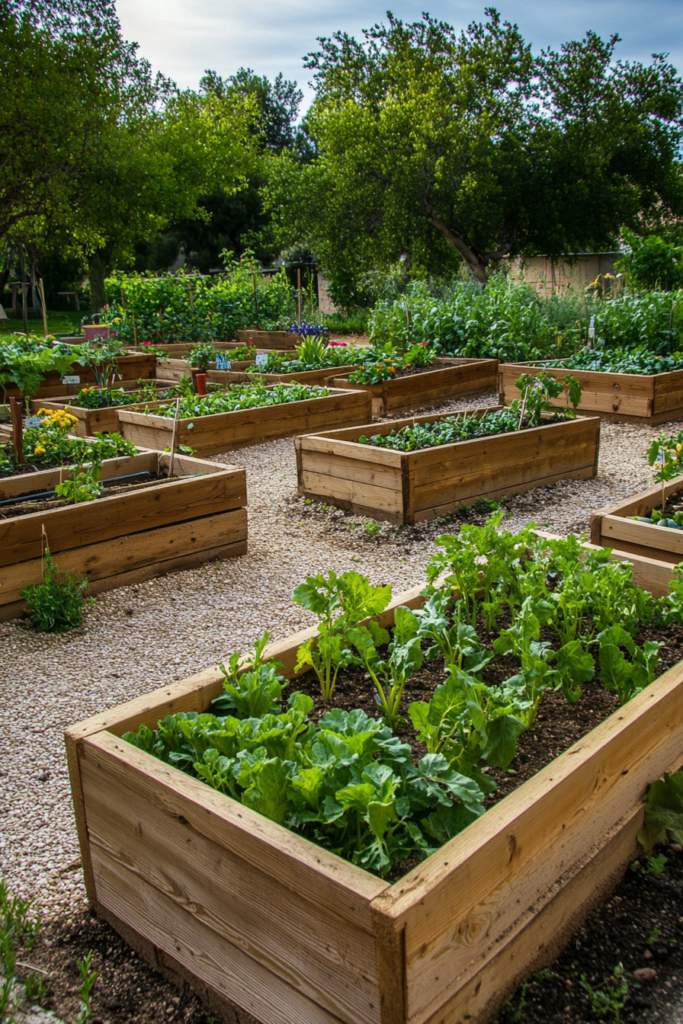
14. Install an Arch or Pergola
A pergola or archway adds vertical beauty and structure to your garden. These features create inviting entryways and shaded retreats.
Climbing plants like wisteria, roses, and grapevines thrive on pergolas, adding natural beauty. A well-placed structure makes a garden feel elegant and complete.
These elements define spaces and provide support for plant growth. Whether decorative or functional, they enhance your garden’s character.
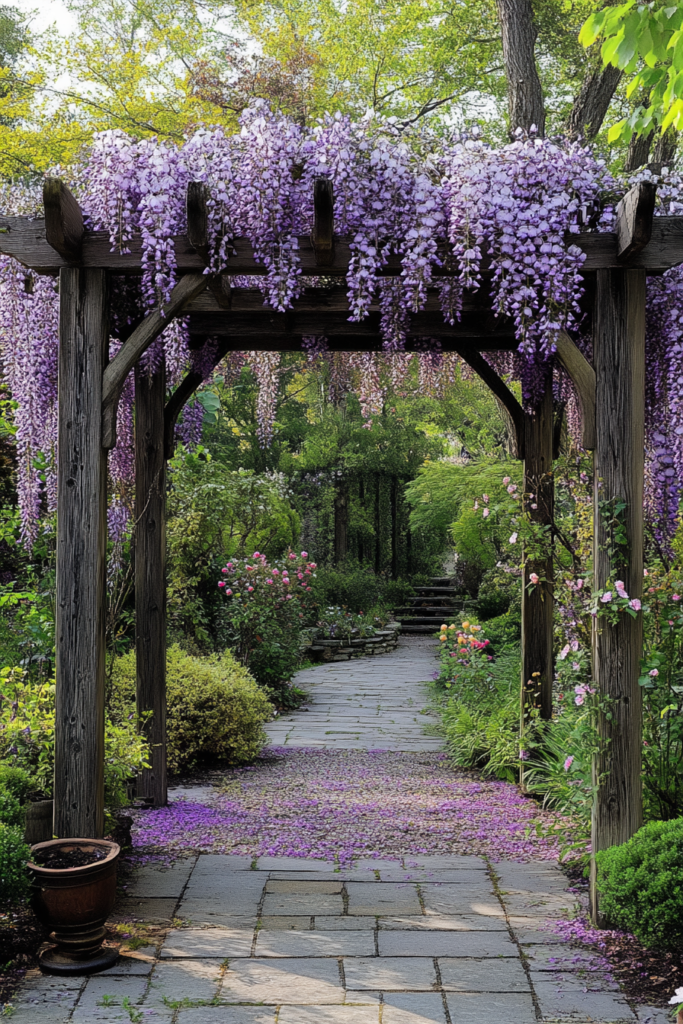
15. Grow a Wildflower Meadow
A wildflower garden brings effortless beauty and attracts pollinators. This low-maintenance approach makes your garden look natural and lively.
Flowers like lavender, black-eyed Susans, and coneflowers flourish with minimal effort. They provide year-round color and movement.
A wildflower section adds a carefree charm, making your garden feel organic and inviting.
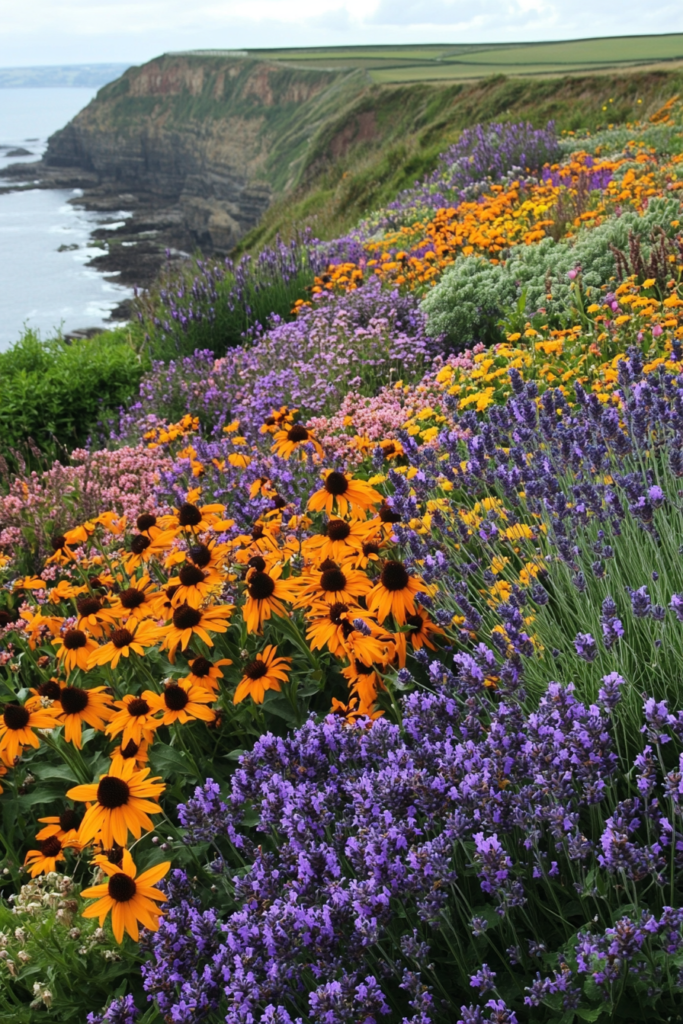
16. Use Decorative Pots and Containers
Potted plants allow for flexible and creative gardening, especially in small spaces. Containers make it easy to rearrange plants as needed.
Colorful pots add personality and can be used for flowers, herbs, or even small trees. They also prevent overcrowding and make maintenance simpler.
With well-chosen pots, even a balcony or patio can become a thriving garden.
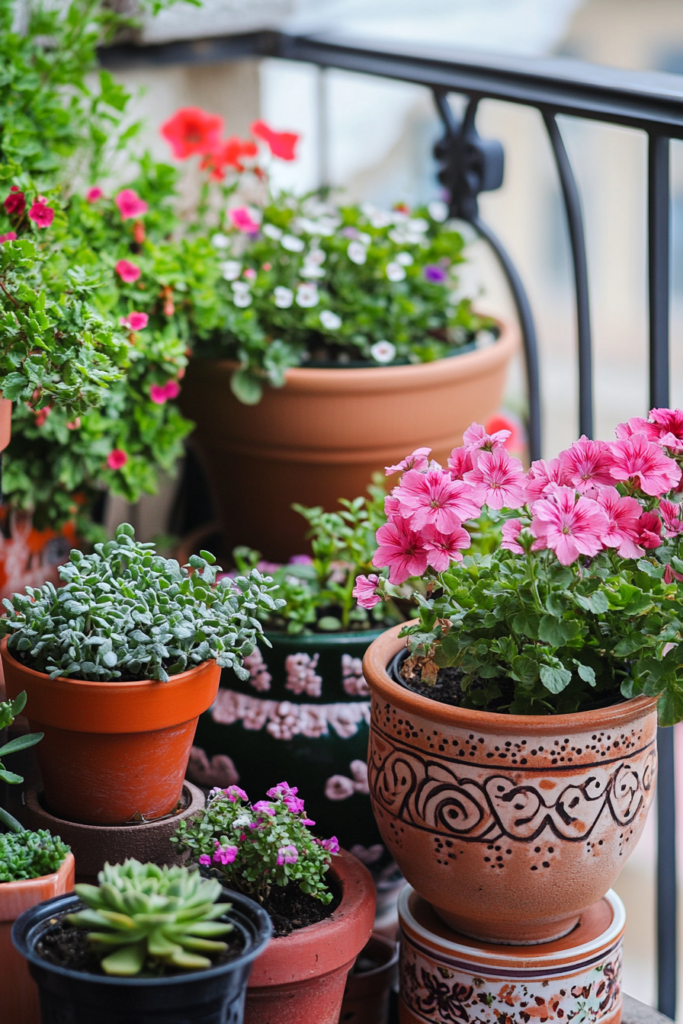
17. Design a Cozy Fire Pit Area
A fire pit adds warmth and ambiance, making your garden enjoyable year-round. It’s perfect for evening gatherings and relaxation.
Built-in stone fire pits create a permanent centerpiece, while portable metal options offer flexibility. Arrange seating around the fire to create an intimate space.
A well-placed fire pit turns your garden into an inviting retreat for cooler nights.
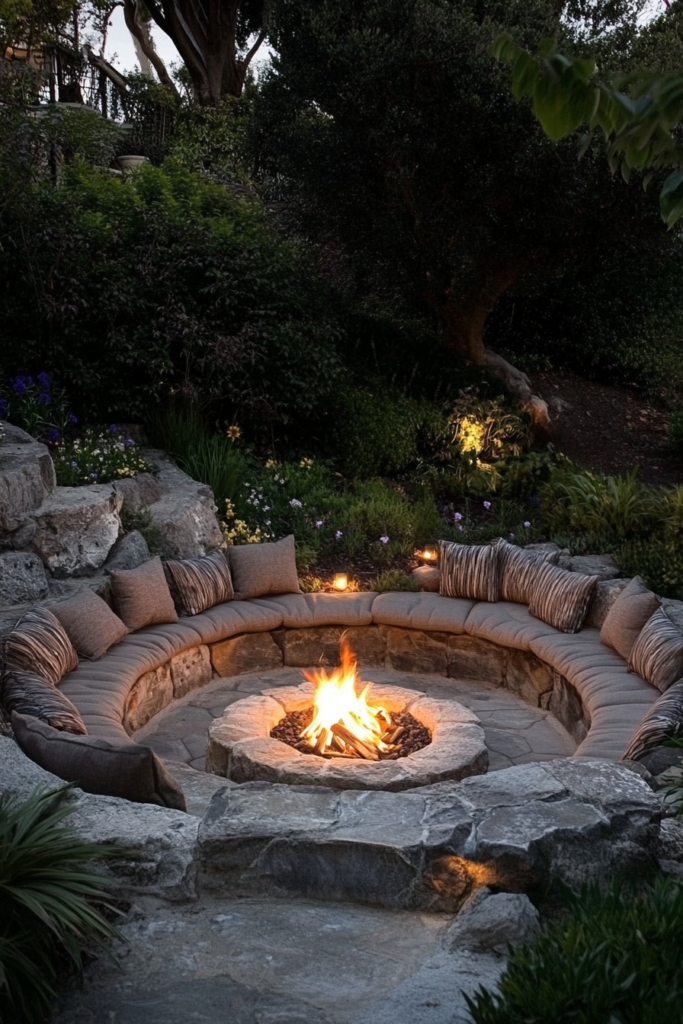
18. Add a Greenhouse or Cold Frame
A greenhouse extends the growing season and protects delicate plants. It allows you to cultivate plants that wouldn’t survive outside.
A small cold frame or glass greenhouse keeps vegetables and flowers thriving in winter. With the right setup, gardening becomes a year-round activity.
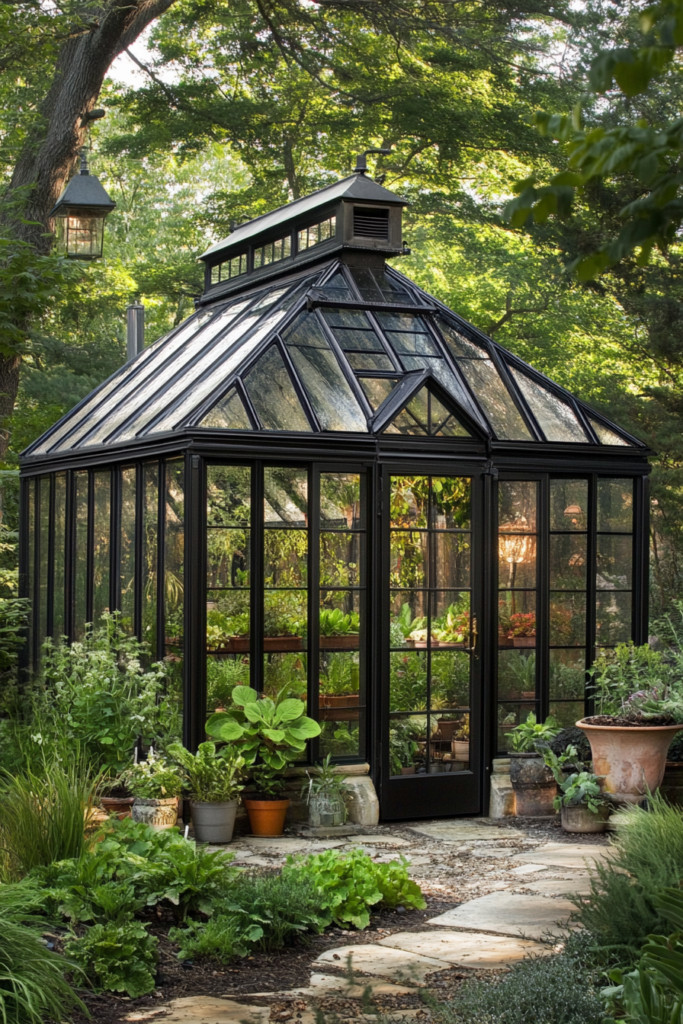
19. Experiment with Themed Gardens
A themed garden creates a cohesive and immersive experience. Choosing a theme adds personality and structure.
Japanese Zen gardens focus on simplicity and tranquility, while Mediterranean gardens feature olive trees and lavender. Cottage gardens embrace a wild, overflowing look.
A well-designed theme makes your garden feel like a living work of art.
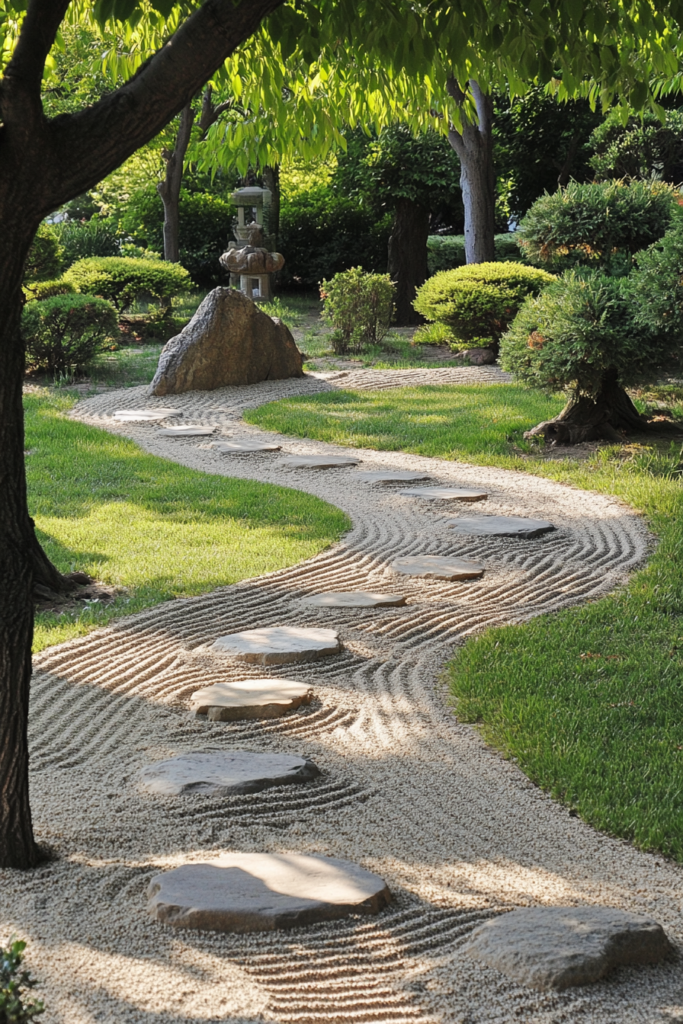
Conclusion
Your garden should be a reflection of your creativity and lifestyle. Whether you add a fire pit, a vertical garden, or a water feature, every small effort makes a difference.
Which idea are you most excited to try? Start today and turn your outdoor space into a beautiful and serene retreat.

